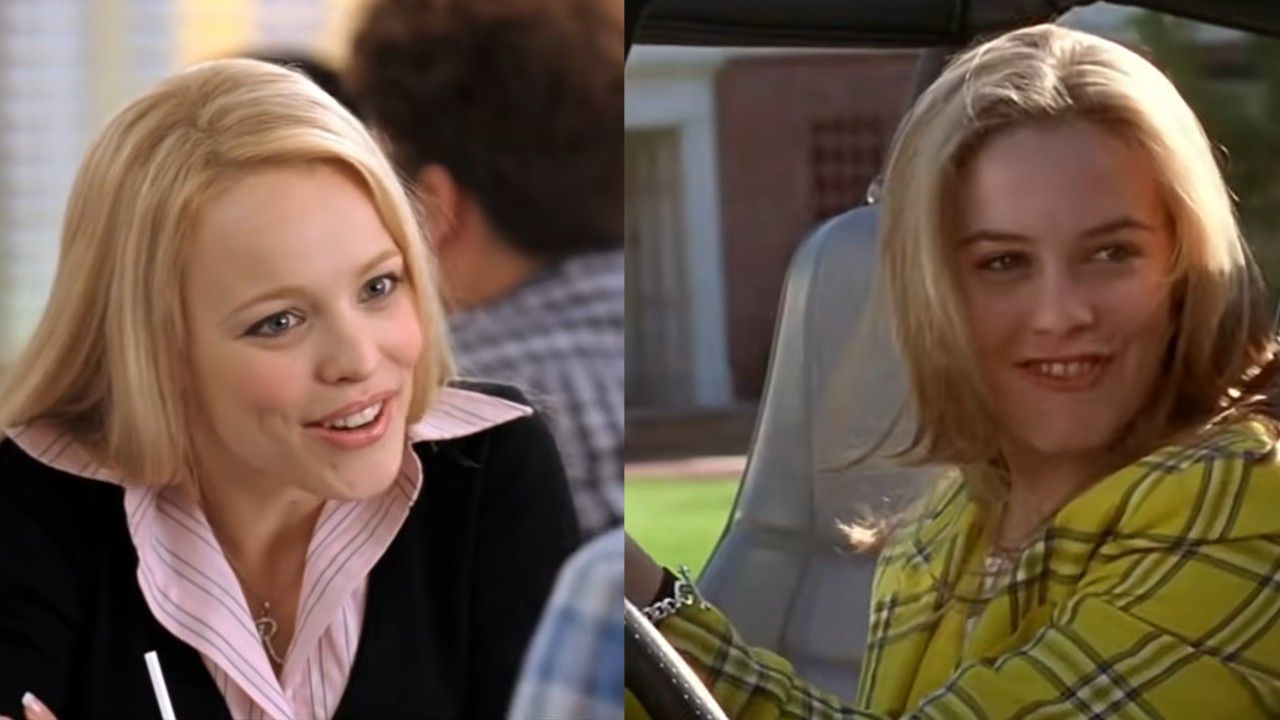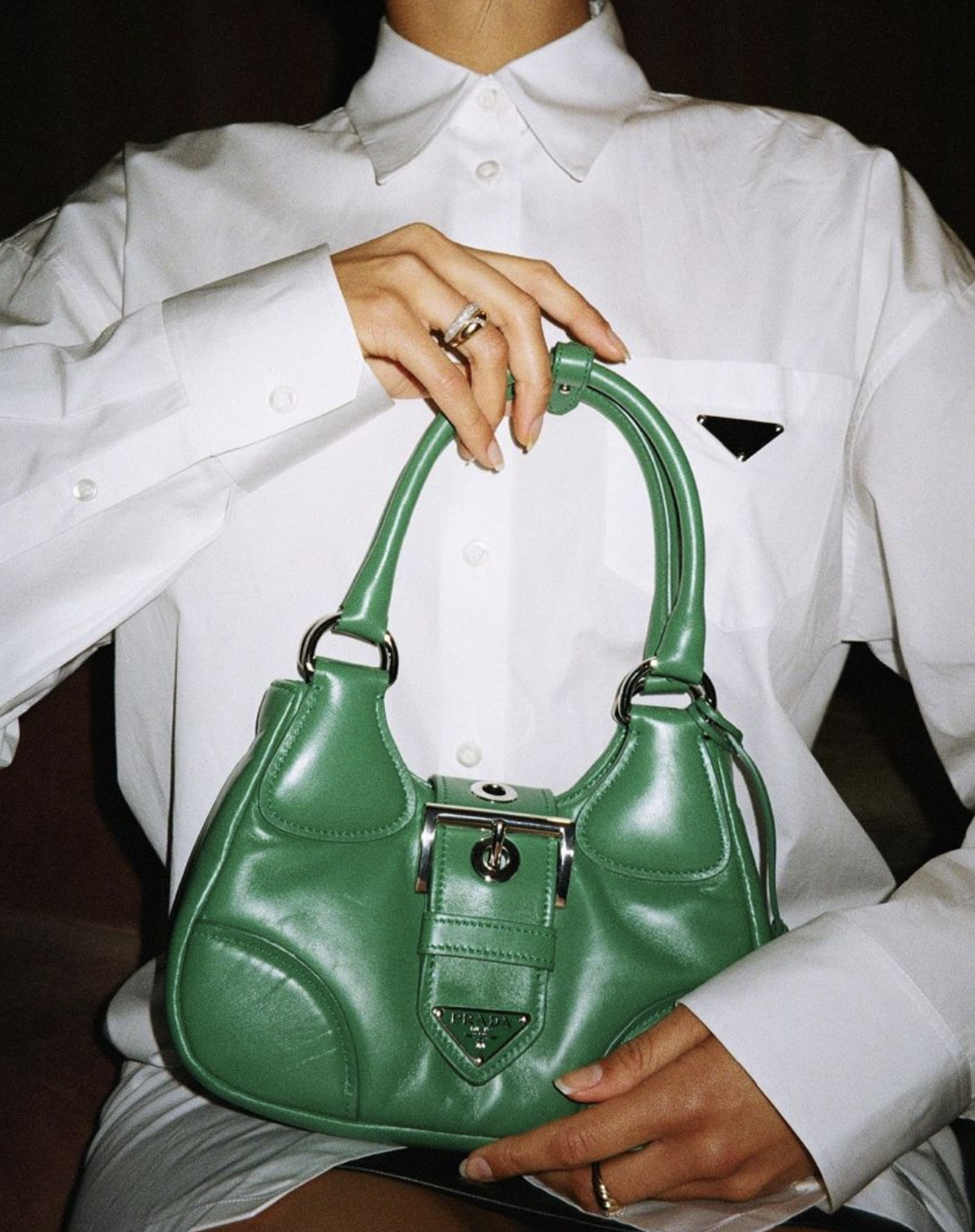Lindsay Lohan has again become the focus of public interest—not because of a recent movie or controversy—but due to a remarkable fashion statement reminiscent of Cher Horowitz’s iconic wardrobe, the adored character from the 1995 teen hit Clueless. By adopting the unmistakable attire of the fictional Beverly Hills student, Lohan connects with a strong surge of ’90s nostalgia that is presently influencing popular culture and celebrity styles.
Cher Horowitz, played by Alicia Silverstone, emerged as an icon of effortless elegance, with her yellow plaid outfit, tall socks, and a digital wardrobe that left a lasting impression on an entire generation. Almost thirty years on, her fashion sense continues as a cultural touchstone, and Lohan’s tribute not only acknowledges a fashion trend but also brings back a particular style mindset linked to strength, self-assurance, and whimsical chic.
Lohan’s attire, which strongly resembles Cher’s legendary closet, quickly ignited discussions on social media platforms. Both fashion critics and followers applauded the ensemble for its smart design and perfect timing. With nostalgic styles taking over the runways and feeds—from butterfly hair accessories to low-waisted denim—Lohan’s appearance seems like an intentional and considerate decision that connects different eras of fashion.
This fashion move also marks a continued evolution in Lohan’s public image. Once defined by her early 2000s tabloid persona, she has, in recent years, embraced a more strategic approach to fame. With a Netflix film, Falling for Christmas, and several brand partnerships under her belt, Lohan has gradually repositioned herself in the entertainment landscape. Her Cher-inspired ensemble becomes another example of how she is leveraging pop culture’s cyclical nature to her advantage.
The intersection of fashion, memory, and identity plays a central role in this revival. By embodying a character who once symbolized the carefree and curated life of affluent teenage girls in the ’90s, Lohan taps into collective sentimentality. For millennials, it’s a reminder of an era when style was bold, expressive, and tinged with optimism. For younger generations, it’s an introduction to an aesthetic that has influenced countless designers and digital influencers.
Celebrities often lean into fashion as a tool for narrative control, and Lohan’s timing is telling. In an era when fashion is content and visual references are currency, channeling a beloved character is more than homage—it’s branding. With one look, she ignites a conversation about her past, her present, and where she might be headed next. It repositions her within a space she once dominated: the cultural conversation.
The resurgence of ’90s fashion is not accidental, either. It corresponds with broader cultural cycles where past styles are recycled, repurposed, and recontextualized. Lohan, a child star who rose to fame during that same decade, is uniquely positioned to bring authenticity to the revival. Unlike Gen Z influencers who adopt the style secondhand, Lohan lived through it as part of her formative years in the spotlight. This creates an added layer of resonance—she isn’t just playing dress-up; she’s revisiting a time that shaped her identity in the public eye.
Historians of fashion frequently observe that the wardrobe selections of well-known individuals serve as expressions of autonomy. Lohan’s recent adoption of notable pop culture symbols indicates an attempt to recover and redefine her influence in the cultural sphere. The focus has shifted from her past as a child actor or gossip column subject. Rather, she is transitioning into the role of a seasoned media persona, skilled in utilizing visual elements to narrate a story and maintain her relevance.
Cher Horowitz’s style might be embellished, yet it’s rooted in assurance and management—qualities that reflect Lohan’s present path. For a person whose life was previously dictated by stories outside her influence, aligning with an emblem of fashion, order, and independence might transcend mere appearance. It may signify a profound connection with transformation.
The move also reflects a broader celebrity trend of tapping into nostalgia to foster connection. In a fragmented digital landscape, familiar imagery becomes a shortcut to shared memory. Whether it’s Jennifer Lopez recreating her green Versace dress or Sarah Jessica Parker reviving Sex and the City style for And Just Like That…, celebrities are leaning into visual continuity to sustain fan engagement.
Lohan’s resurgence in the fashion world fits seamlessly into this trend. It showcases her insight into societal timing and the influential impact of recognizable elements. In the current fashion landscape, where viral moments frequently overshadow innovation, nostalgia acts as a dependable approach for connection. Her skill in embodying a character as iconic as Cher Horowitz indicates that she is not just following trends but is actively influencing them.
By doing this, Lohan is not merely taking from a cherished character—she’s reaffirming her status within the group of millennial icons. Her persona once symbolized the tumultuous aspects of celebrity life. Today, she seems more concentrated, introspective, and skilled at utilizing visuals that merge the past with the present, creating a sense that is both genuine and aspirational.
As fashion trends keep changing quickly, driven by fast-paced turnover on digital media, Lohan’s Cher-influenced appearance highlights the lasting charm of visual storytelling. Fashion, ultimately, extends beyond attire; it is a form of communication. Through this appearance, Lohan has conveyed a strong message, reaffirming her role as an influential personality who understands how to transform memories into significance.
Whether this signals a long-term embrace of fashion-forward public appearances or a one-off tribute to a film character that shaped a generation, the impact is clear. Lindsay Lohan has once again entered the conversation—not for controversy, but for style, confidence, and a clever grasp of pop culture’s enduring symbols.



